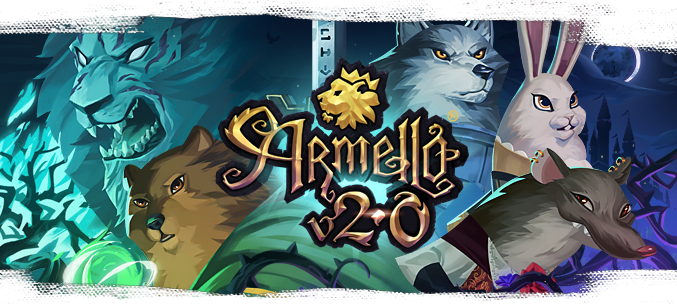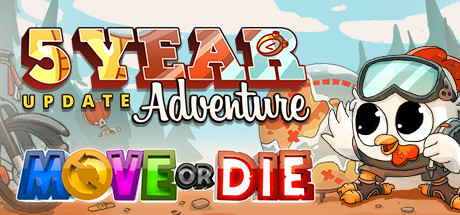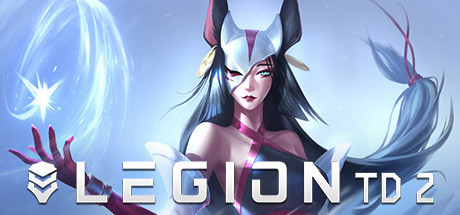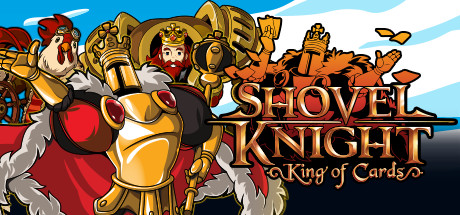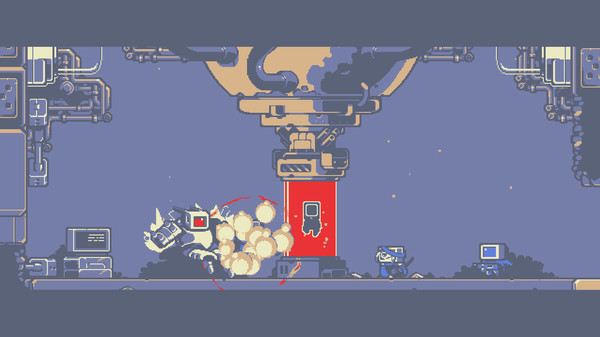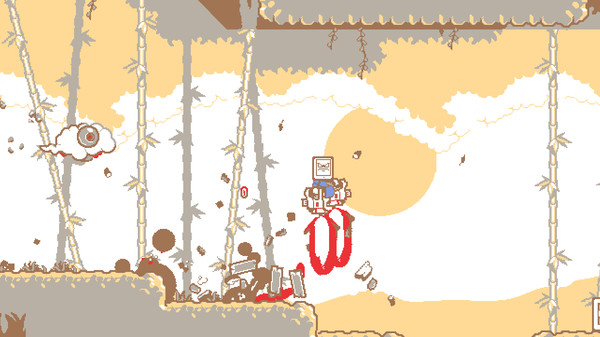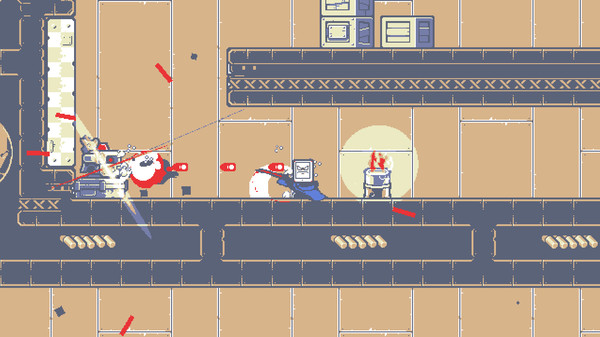I like Eximius, and generally speaking, I’ve enjoyed playing it. I think at $30, the price feels high, and I’d have a much easier time recommending it if it was like $10, or had some sorta bulk pack for multiple copies, because it is most definitely a game that is way better with friends. On the other hand, given what it took to get the game finished, I kind of get why they’re charging $30 for it.
My summary for this game is, “Today, I am the fifth dentist.” In my group of friends that I roped into playing the game I am the lone dissenter, the only one who enjoyed the game.
Like, the only person.
I’ve attached a video of about an hour of gameplay from a Twitch stream. I was gonna grab screencaps and stuff from the stream, but the quality at 720p felt too low. If you’re on the fence about the game, you’ll most likely get a better opinion of watching me play for a bit than from screencaps. Unfortunately, I also forgot to unmute my mic while streaming, and didn’t mute my friend, so you’ll get to listen to his lovely voice performing half a conversation.
Whoops.
My friends disliked this game enough that, at first, this article was gonna be about why you shouldn’t buy Eximius. But this is my article, and until one of my friends offers to write their own, telling you why you why they regret buying the game based off my stupid opinions, this article will remain the sole source of Gametrodon truth.
Okay, so let’s start by talking about Eximius actually is, for starters: Eximius is a combo RTS/FPS, played between two teams. There are five players to a team, with one player taking the role of the commander, with the ability to build structures, command AI troops, and get a top-down view of the battlefield, like a classic RTS. The remaining 4 are officers, with the ability to run about, shoot people, and generally cause all kinds of chaos. These other four can also have AI troops of various types assigned to them, and can give said troops fairly limited commands. (Gripe #1: I really wish you could actually order your troops to either stand in specific places or leave them somewhere to call them in later.)
You can assign general infantry troops to your officers, but you have to control special troops yourself. There are two factions in the game, AXE, and GSF, which stand for something I can’t remember, but all you really need to know is that the GSF are your typical generic future military dudes, with access to mortar and machine gun squads, infantry and engineers, and a few fairly typical vehicles. (Gripe #2: Vehicles can’t be manually controlled or ridden in by players, and have a tendency to get stuck between various things, due to questionable AI parking. On one notable occasion, I saw a tank sort of leap across the map after clipping into terrain.)
AXE, on the other hand, are more of your “future tech” faction, complete with outfits that make them look like something from Warframe, with smooth Exo-skeletons, and crisp weapons. They also get Ironguards, which for all intents and purposes you can just read as “T-1000 Terminator Units,” massive hulking exo-suits equipped with miniguns, that can just mulch 90% of unencamped infantry they come across. They have a selection of vehicles as well.
Let’s talk about one more thing before we get into why I like the game, and why my friends do not: the general structure of a game of Eximius.
There are two ways to win a game of Eximius. The first is to destroy the enemy base. This is easier said than done, because even if you’re crushing your opponent, their base is surrounded by 7-8 very high powered cannon encampments.
The second is to run your enemy out of supply points. More than likely, this is how you’ll actually win. Both teams start with a predefined amount of these points, and you take points from the enemy team by killing their units while they control less Victory Zones than you do. Different types of units are worth different amounts of supply.
In addition to the Victory Zones, there are also Resource Zones, which give either money, ammo, or power. Money is your base resource used for buying most units, with power used for buildings and other higher tier stuff. Ammo is used for activated abilities, like airstrikes, repair drones, and troop drops.
The end result of all of this is that you spend a lot of the game either holding points, trying to hold points, or pushing in to hold points. What I heard from other folks was that the game felt like Battlefield in that respect, except again, minus a lot of the polish you get on something like Battlefield. It’s not always the most thrilling thing in the universe.
And I don’t disagree with them. The hitmarkers that show up when you get shot are really subtle, and not necessarily enough to figure out where you’re being shot from. There’s also no difference between being shot with shields (HP that regenerates over time and out of combat) vs unshielded. There’s also no tracer rounds on most weapons, meaning that if an opponent is hiding in a bush, you can die before figuring out where they are.
They also had issues with some of the games economy system and power division, with the commander role feeling far more impactful to then the officers. And I can’t really disagree with that either. Officers really only have the ability to run around, capture points, and shoot stuff. You can’t use extra money you get to do things like call in buildings or extra ammo, so it’s fairly easy to get to a point where you are effectively just burning cash as an officer because you can’t have more than your cap.
And on the subject of the commanding/commanders UI. It’s not great. I would mark it as passable. I suspect my friends would go with awful. It disregards a lot of standard conventions for RTS controls (No shift queuing actions,), the action bar isn’t standardized across units, (infantry has an attack move, but vehicles don’t) and it can just be a pain to use. (You can’t assign officers to control groups for example.)
So the end result if you feel the same way they do is that it’s a game where you spend a lot of time either trying to hold a given location, getting into unclear gunfights, and being shot or blown up by encamped morters half a mile away when you round a corner.
On the other hand, I actually like trying to figure out how to break defenses, hold points, and stall for time. The fact that you can have gunfights with “winners” where neither person ends up dying is interesting to me. The mechanics of death, having to buy up your loadouts each time you revive, along with being able to use AI troops as cannon fodder/distractions is neat.
The big differentiator for me is that every conflict in a round has costs associated with it. While the moment-to-moment gameplay might feel similar to other shooters, the gunfights themselves feel more meaningful in the bigger picture.
Sneaking into a back line to capture Resource Points and harass the enemy’s economy, or trying to hold a point while fairly outnumbered until resources arrive are things you can do in other games, but in Eximius they have meaningful impacts on the rest of the war taking place, instead of being separate skirmishes. Where and when you choose to take fights is just as meaningful, if not more meaningful, than winning them. It’s not another shooter where if your K/D is greater than 1, you are a credit to team.
And that’s why I like it. There are a lot of elements in the game that could be improved, but they haven’t stopped me from enjoying the gunfights, trying to be sneaky, or desperately rushing in to try to salvage a win. The game does a really good job of creating organic set pieces and exciting clutch moments, and the fact that you’re playing against other humans makes it that much more fun. When you get to the end of round, it’s possible to look back and figure out what you needed to do differently, or what you could have tried instead.
Eximius is an ambitious indie game, when all is said and done, and more importantly, I find it fun. I might not be in the majority here, and there are definitely a lot of areas that the game could either use some improvement, or some hardening. But even in its current somewhat janky state, I enjoy playing, and I’m likely to continue playing it. I do wish I had more people to play it with, but y’know. Taste is subjective.


